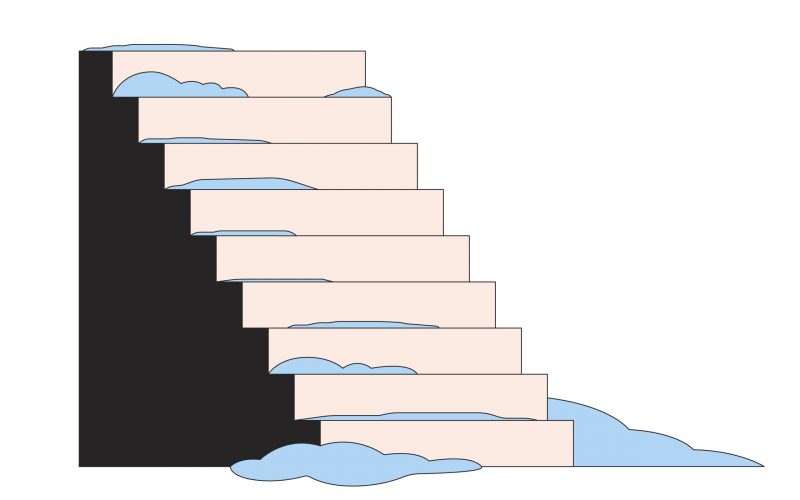Winter can transform your surroundings into a picturesque wonderland, but it also brings challenges, particularly when it comes to maintaining the safety of outdoor stairs. Snow and ice accumulation on stairs can create hazardous conditions, leading to slips and falls. Ensuring that your stairs remain warm and free from ice is crucial for safety during the cold months. Here are some effective methods to keep your stairs safe and clear during winter.
Keep Your Stairs Safe and Clear During Winter
1. Heated Stair Mats
Heated stair mats are one of the most efficient ways to prevent snow and ice accumulation on your stairs. These mats are designed to be placed on each step and can be plugged into an electrical outlet. When activated, they generate heat that melts snow and ice, ensuring your stairs remain dry and safe. They are available in various sizes to fit different stair dimensions and are easy to install and remove.
2. Installing a Heating System
Similar to heated driveways, installing an electric or hydronic heating system beneath the stair surface can provide a permanent solution to keep your stairs warm. These systems use either electric heating cables or hot water tubes to generate heat. While the initial installation can be costly, the long-term benefits of automated snow and ice removal can be significant, especially in regions with harsh winters.
3. Chemical De-Icers
Chemical de-icers, such as calcium chloride, magnesium chloride, and potassium chloride, are effective in melting ice and preventing its formation. These products lower the freezing point of water, making it difficult for ice to form. Here are some popular options:
- Calcium Chloride: Works quickly and is effective at low temperatures.
- Magnesium Chloride: Less corrosive and more environmentally friendly.
- Potassium Chloride: Safe for plants and pets, though less effective in very low temperatures.
Apply these de-icers to your stairs before and after snowfall to prevent ice buildup.
4. Manual Snow and Ice Removal
Regularly removing snow and ice from your stairs is essential to maintain safety. Using a sturdy snow shovel, you can manually clear the snow. For ice, a metal ice chopper can help break up and remove the ice layers. After shoveling, applying a layer of de-icer can help prevent reformation.
5. Traction Agents
Traction agents like sand, kitty litter, or sawdust can provide temporary relief by adding grip to icy surfaces. These materials don’t melt the ice but offer additional traction, reducing the risk of slips and falls. Spread a thin layer of these materials on your stairs after shoveling to improve safety.
6. Snow Melting Solutions
Creating a homemade snow-melting solution can be an effective and eco-friendly way to manage snow and ice. A mixture of warm water, dish soap, and rubbing alcohol can be sprayed on the stairs to help melt ice. The dish soap reduces surface tension, while the alcohol lowers the freezing point, aiding in ice melt.
7. Slip-Resistant Stair Treads
Installing slip-resistant treads on your stairs can provide additional safety during winter. These treads are designed to offer better grip and can be used in conjunction with other snow-melting methods. They are available in various materials, including rubber and metal, and can be installed on different stair surfaces.
8. Snow Fences and Windbreaks
Preventing snow from accumulating on your stairs can be achieved by using snow fences or windbreaks. These barriers help to redirect the wind and reduce the amount of snow that settles on your stairs. Strategically placing shrubs, trees, or specially designed snow fences around your property can minimize snow drift and accumulation.
Conclusion about Keep Your Stairs Safe and Clear During Winter
Maintaining clear and safe stairs during winter requires a proactive approach and a combination of effective strategies. Heated mats and systems provide automated solutions, while chemical de-icers, manual removal, and traction agents offer more hands-on methods. By implementing these techniques, you can ensure that your stairs remain safe and accessible throughout the winter months. With the right preparation and tools, you can enjoy the beauty of winter without compromising on safety.





